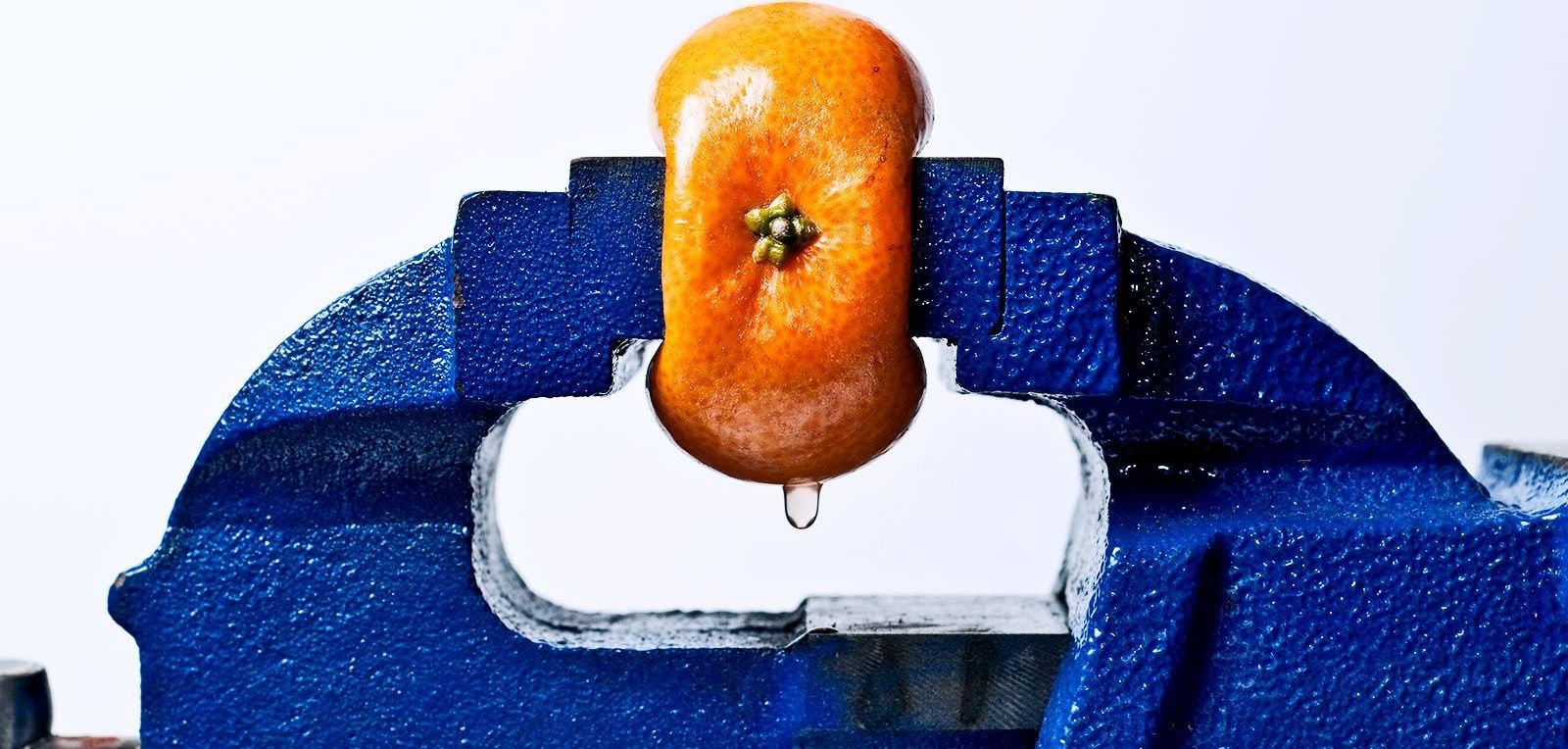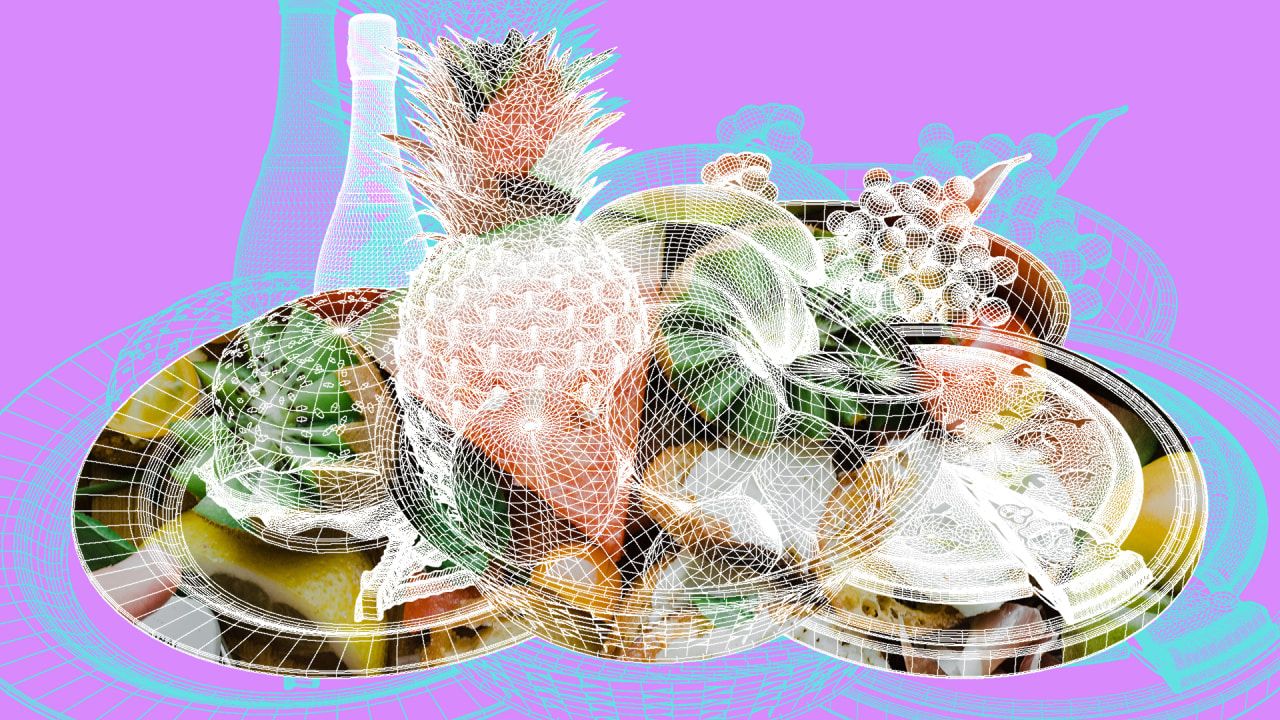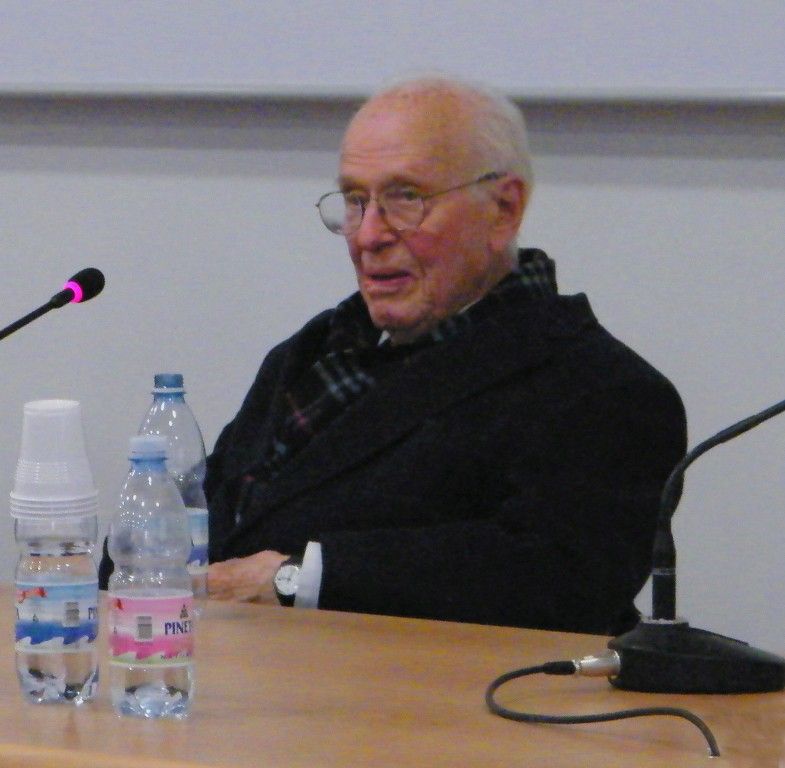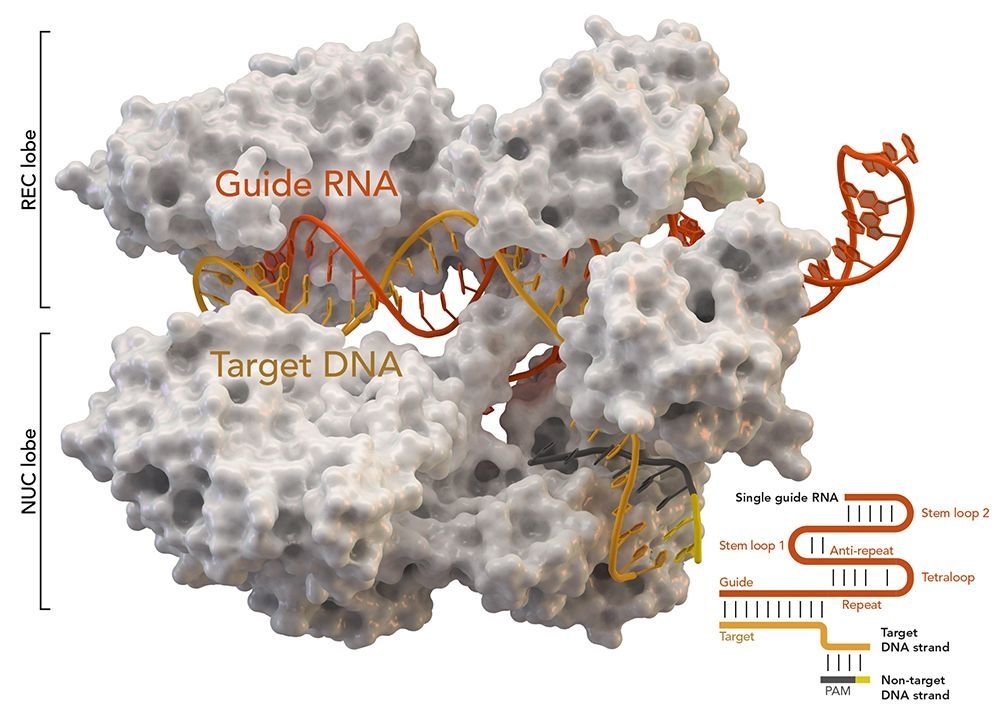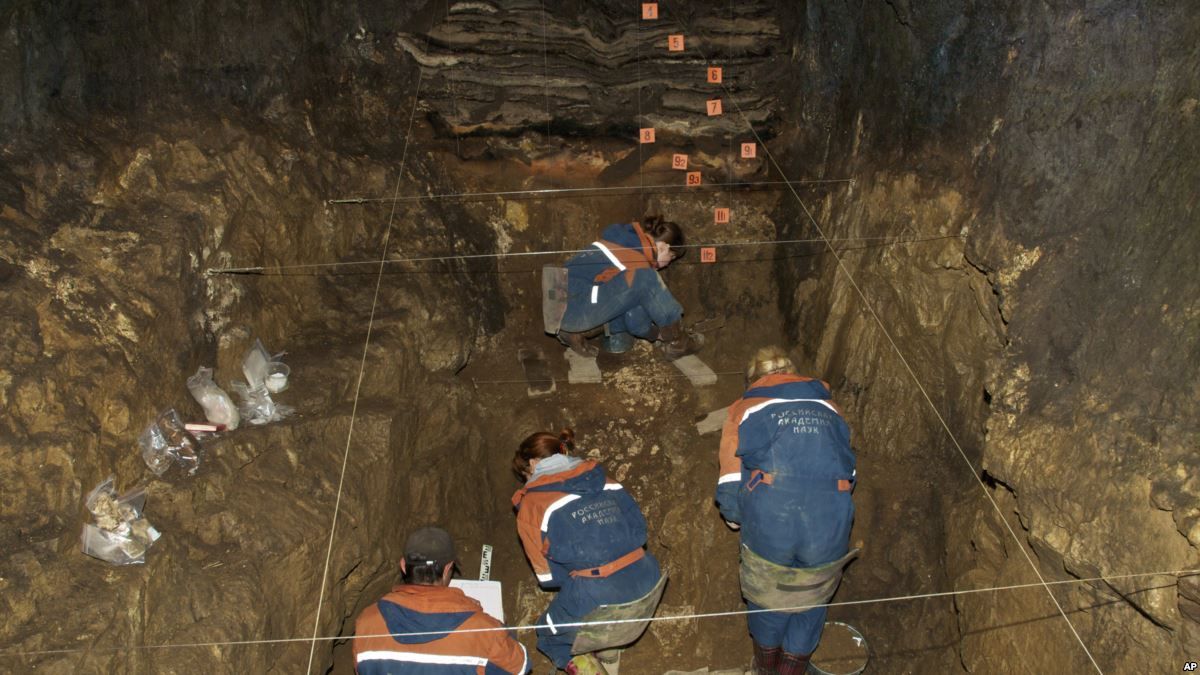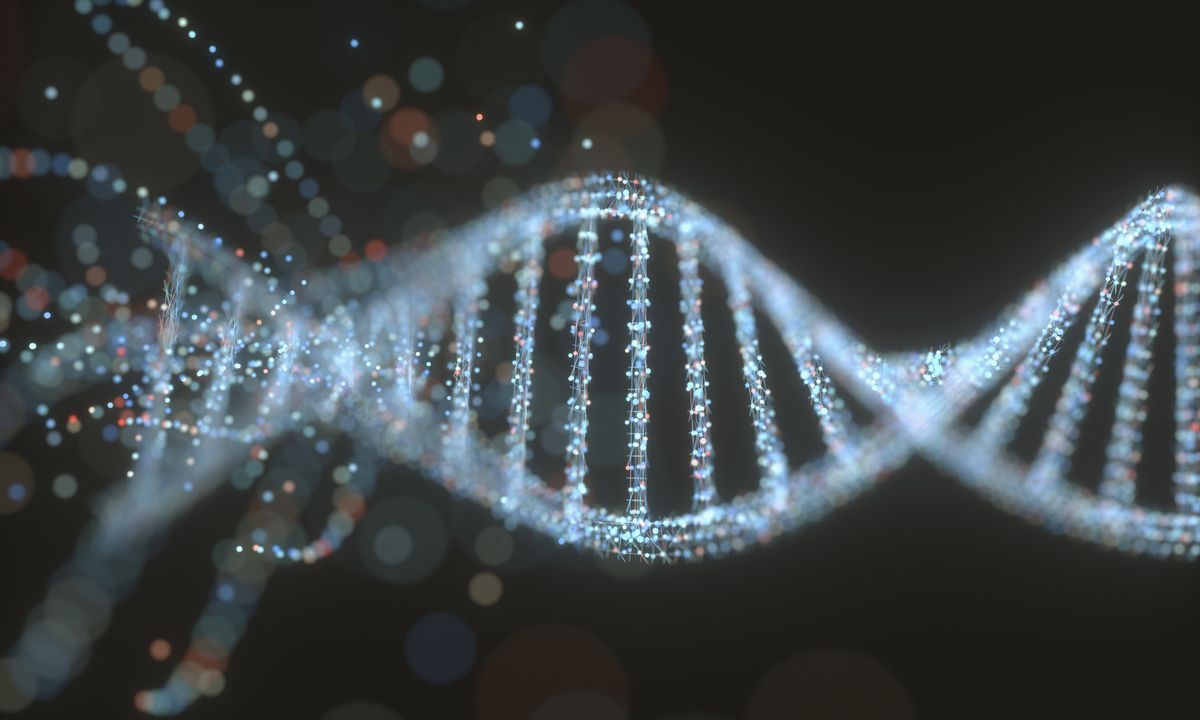Archive for the ‘genetics’ category: Page 346
Sep 3, 2018
It’s the year 2038–here’s how we’ll eat 20 years in the future
Posted by Alex Vikoulov in categories: 3D printing, food, genetics, robotics/AI
It’s the year 2038. The word “flavor” has fallen into disuse. Sugar is the new cigarettes, and we have managed to replace salt with healthy plants. We live in a society in which we eat fruit grown using genetics. We drink synthetic wine, scramble eggs that do not come from chickens, grill meat that was not taken from animals, and roast fish that never saw the sea… Here’s a futurist outlook at the next two decades of food developments, from robot farmers to 3D-printed meals to AI monitoring of your daily calorie intake.
Sep 3, 2018
Realize the Promise of Gene-Edited Crops
Posted by Derick Lee in categories: biotech/medical, food, genetics
A far better approach, then, is the middle course. Rather than prejudge the products of biotechnology, regulators should screen new plants and single out those that might need special monitoring or restrictions. In the U.S., the Food and Drug Administration does something similar on a voluntary basis for foods made from plants with engineered proteins. Companies submit data about their new products, and if the FDA decides it has no further questions, they can claim their foods are “generally recognized as safe.”
Europe and the U.S. should avoid an all-or-nothing approach to regulating plants made with Crispr.
Sep 2, 2018
Genetic Engineering Achieves Inter-Species Bacteria Communication
Posted by Genevieve Klien in categories: bioengineering, genetics
Researchers at the Wyss Institute were successful in engineering different species of bacteria that can talk to each other.
Sep 2, 2018
The man who tried to catalog humanity
Posted by Genevieve Klien in categories: biotech/medical, genetics
Luigi Luca Cavalli-Sforza, known simply as “Luca” to generations of human geneticists, died this week at age 96. More than any other human geneticist, Cavalli-Sforza believed in the potential of genes and culture together to trace humanity’s origins. In the course of his work, he pioneered new ideas and models that brought together these two distinct areas of science.
Like most scientists, many of his ideas would turn out to be wrong in the details. But his work helped form the foundation of our current knowledge of human genome variation across the world.
In 1991, Cavalli-Sforza wrote an essay for Scientific American that explained the course of his life’s work to that point. He recollected a time as a young man when he worked in the Cambridge laboratory of Ronald A. Fisher, one of the founders of modern evolutionary theory.
Aug 29, 2018
Chinese team uses base editing to repair genetic disease in human embryo
Posted by Nicholi Avery in categories: bioengineering, biotech/medical, genetics
A team of researchers in China has used a form of the CRISPR gene editing technique to repair a genetic defect in a viable human embryo. In their paper published in the journal Molecular Therapy, the group describes their work and how well it worked.
Only three years ago, CRISPR was first used on a human embryo. In that work, a Chinese team attempted to use the technique to repair a genetic fault. Though the work made headlines around the world, it had a low success rate—just four out of 54 embryos that survived the technique carried the repaired genes. Since that time, a new variation of CRISPR has been developed—it is called base editing, and works in a more efficient way. Instead of snipping DNA strands and replacing removed bits with desired traits, the new method does nothing more than swap DNA letters—trading out an A for a G, for example. In this new effort, the researchers used this new method to correct a gene mutation that results in humans having a condition called Marfan syndrome, in which people have an A instead of a G in the FBN1 gene. It is a disorder that causes problems with connective tissue, leading to a myriad of problems for those born with it.
The new research is unique in that the scientists used viable embryos created using in vitro fertilization. The team could have implanted these viable gene-edited embryos into a woman’s uterus, had they chosen to do so.
Aug 27, 2018
Serendipitous discovery may lead to eco-friendly lubricant
Posted by Bill Kemp in categories: biological, food, genetics
Seed oil components of an ornamental flower could provide a direct pathway for designing a new class of environmentally friendly lubricants. Researchers at the School of Science at IUPUI identified the compound in the seed oil that is produced in a manner unlike any other fatty acid. The study was published today online in the journal Nature Plants.
The Orychophragmus violaceus plant is a purple flower native to China; it’s commonly referred to as the February orchid. While collaborating on the O. violaceus plant’s biology and genetic makeup, researchers at Huazhong Agricultural University in Wuhan, China, and the University of Nebraska-Lincoln encountered a bit of a mystery: All plant seeds contain oils as energy reserves for later growth, but researchers noticed the February orchid seed oils were unusual.
They called upon IUPUI bioorganic chemist Robert Minto, who specializes in identifying natural products and unknown compounds.
Continue reading “Serendipitous discovery may lead to eco-friendly lubricant” »
Aug 25, 2018
Newly Discovered Bones Show Genetic Mix of Ancient Human Relatives
Posted by Genevieve Klien in category: genetics
Scientists have recently discovered pieces of bone from an ancient female that include genetic evidence that her parents are two different species related to modern humans.
Aug 23, 2018
The Future of Medicine May Land Within Five to 10 Years, Crispr Inventor Says
Posted by Genevieve Klien in categories: biotech/medical, genetics
A pioneer of the Crispr gene-editing technology that’s taken Wall Street by storm says the field is probably five to 10 years away from having an approved therapy for patients.
Aug 22, 2018
With Embryo Base Editing, China Gets Another Crispr First
Posted by Genevieve Klien in categories: biotech/medical, genetics
Scientists in the US may be out in front developing the next generation of Crispr-based genetic tools, but it’s China that’s pushing those techniques toward human therapies the fastest. Chinese researchers were the first to Crispr monkeys, and non-viable embryos, and to stick Crispr’d cells into a real live human. And now, a team of scientists in China have used a cutting-edge Crispr technique, known as base editing, to repair a disease-causing mutation in viable human embryos.
Published last week in the journal Molecular Therapy, and reported first by Stat, the study represents significant progress over previous attempts to remodel the DNA of human embryos. That’s in part because the editing worked so well, and in part because that editing took place in embryos created by a standard in-vitro fertilization technique.
You’ve read your last complimentary article this month. To read the full article, SUBSCRIBE NOW. If you’re already a subscriber, please sign in and and verify your subscription.
